If you have an adult pet at home, your veterinarian will recommend an anesthetic dental cleaning at some point, if she hasn’t already. Plaque, tartar, and gingivitis, also known as dental or periodontal disease, is an exceedingly common condition, affecting approximately 80% of dogs and cats age 3 and older. While regular at-home oral care is necessary for overall prevention, an anesthetic dental cleaning and oral assessment are often needed to address stubborn tartar and other dental concerns. Following is an example of what our veterinary team will do for your pet when she arrives for her dental procedure.
- Check-in — Typically, pets presenting for dental procedures will need to be dropped off early in the morning. We will ask you to fill out some papers, including anesthesia and dental-work consent forms. Ensure you inform our staff of any concerns you have regarding your pet, along with any abnormalities you have observed, such as changes in appetite, elimination habits, behavior changes, vomiting, diarrhea, or coughing. You will need to provide us with a reliable phone number, so we can readily contact you to discuss your pet’s condition and treatment recommendations.
- Physical examination — Dr. Schoonover will thoroughly examine your pet, from nose to tail, including a brief oral exam. You may receive a phone call if he notes any abnormalities, such as a heart murmur or mass he palpated, that may need further workup prior to anesthesia.
- Pre-anesthetic lab work — Our veterinary team will obtain a small blood sample from your pet to ensure her blood cell levels and chemistry values are acceptable. Along with the physical exam, lab work helps us determine if your pet is healthy enough to undergo general anesthesia. Dr. Schoonover may recommend additional tests, such as a urinalysis, depending on your pet’s age, health status, and blood-work findings. We will inform you of any concerns or recommendations.
- Anesthesia and monitoring — Once your pet has been cleared for anesthesia, we will place an intravenous catheter and administer sedative medications to calm her. We will place monitoring equipment, and a breathing tube with oxygen and gas anesthesia, to ensure she stays asleep during the procedure. Your pet must be completely immobilized for her safety, the team’s safety, and so we can effectively and thoroughly clean and treat her teeth. Dr. Schoonover and the veterinary team will monitor your pet’s heart rate, rhythm, blood pressure, temperature, and oxygen saturation throughout the process.
- Ultrasonic scaling — Using a hook-shaped dental tool called a scaler, we will gently remove the plaque and tartar accumulation on the tooth surface and underneath the gumline. While hand scalers are effective, we use an ultrasonic tool that vibrates at a high frequency to break up stubborn calculus quickly and efficiently.
- Detailed oral exam and charting — Once your pet’s teeth are cleaned, we will note any abnormalities in her oral cavity. Common findings include:
-
- Missing teeth
- Broken teeth
- Loose teeth
- Retained primary teeth
- Tooth crowding
- Furcation defects—an area between two tooth roots that indicates bone loss
- Gum inflammation, overgrowth, or recession
- Oral masses
- Abscess or infection
- Fistulas
- Jaw alignment problems
Keep in mind that we cannot see most of these problems on a brief oral exam while your pet is awake, so general anesthesia is required for a thorough assessment.
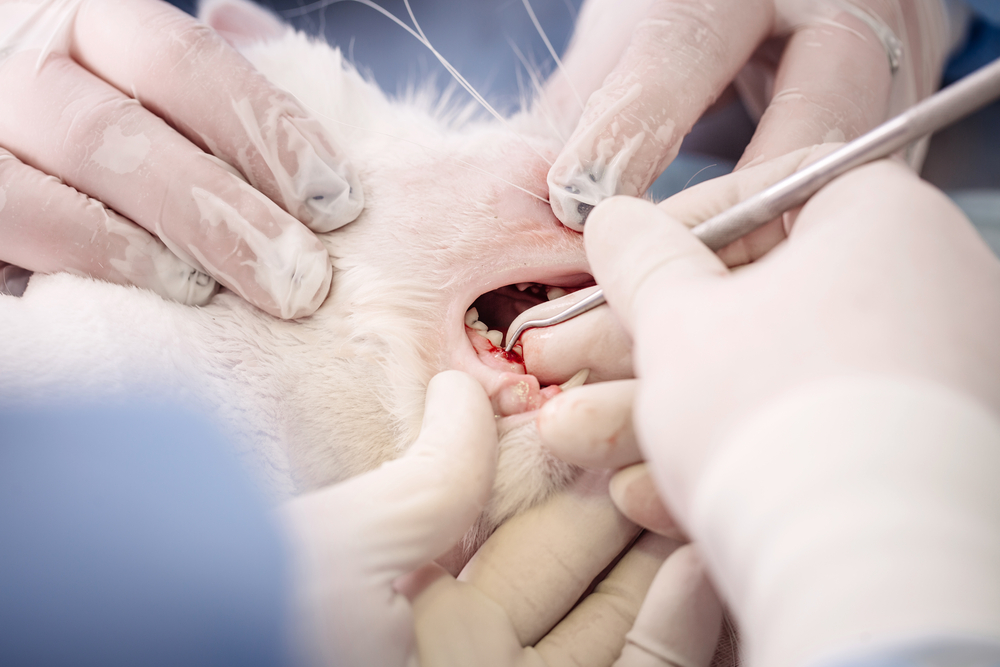
- Diagnostics and treatments — Depending on the findings, Dr. Schoonover may recommend dental X-rays to assess the tooth roots and underlying bone, where disease often hides. Dental X-rays are also a preventive measure, and may be recommended for your pet on a routine basis, as they are for people. Many of the above conditions may require either tooth extraction, antibiotic treatment, or referral to a board-certified veterinary dentist. We will discuss your pet’s individual needs with you on the day of her procedure.
- Polishing — After scaling and treatment, we will apply a prophylactic paste with a polishing instrument to smooth the surfaces of the teeth. This is generally the last step in your pet’s dental cleaning.
- Gentle recovery — If your pet has teeth extracted, we will administer pain medications and allow her to gently wake up from anesthesia. We will continually monitor your pet, routinely checking her vital parameters. We will let you know when your pet is ready to go home, which will depend on her recovery and length of time under anesthesia, but usually is toward the end of the day.
- Discharge — When your pet is recovered and ready to go home, our veterinary team will discuss with you the day’s procedures, and recommended at-home care. This may involve pain medications, antibiotics, post-anesthesia monitoring, and instructions on caring for your pet’s teeth at home, an important step in preventing future dental problems.
Combatting dental disease requires teamwork by you and your veterinarian. To schedule a dental consultation for your pet, contact us today.

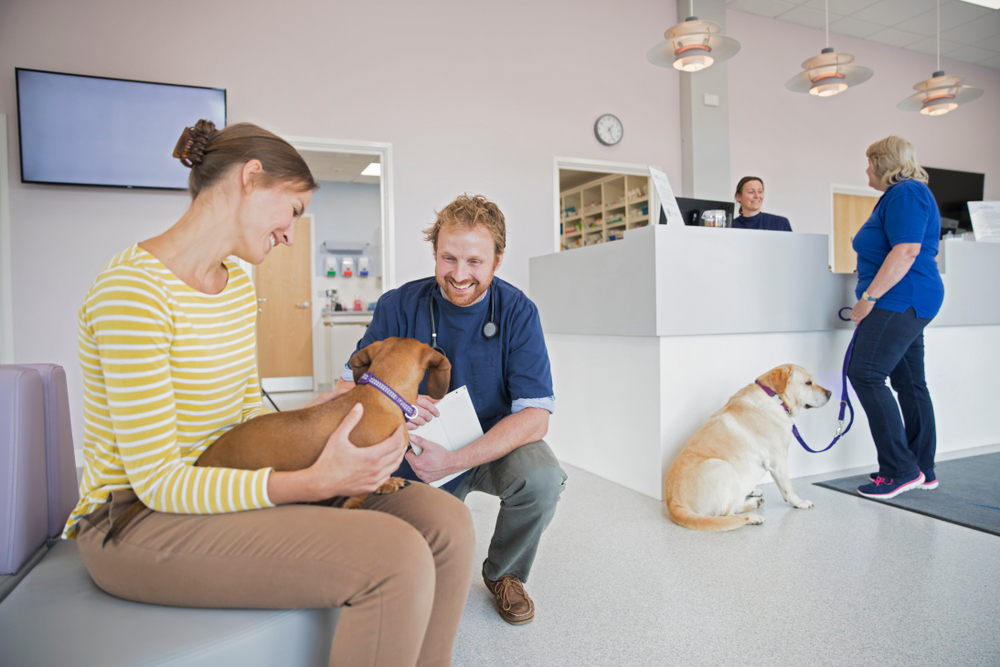
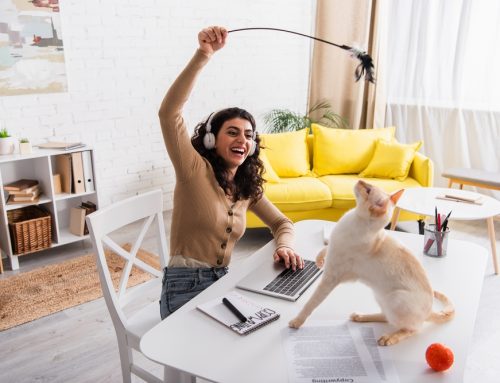
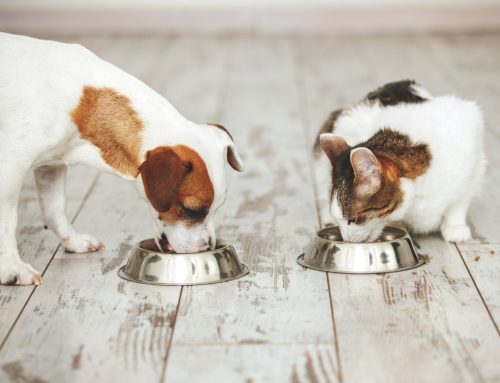
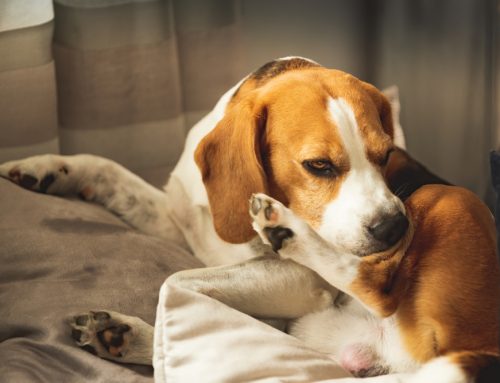


Leave A Comment